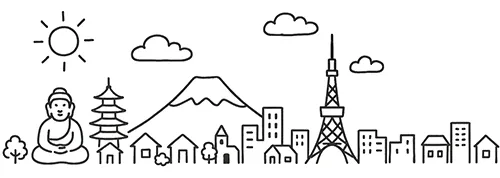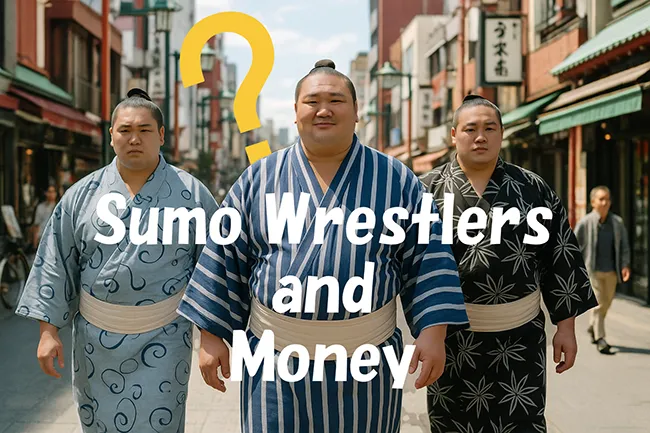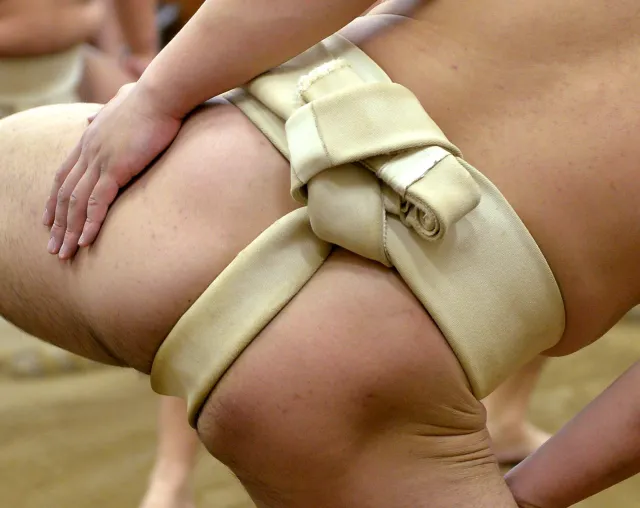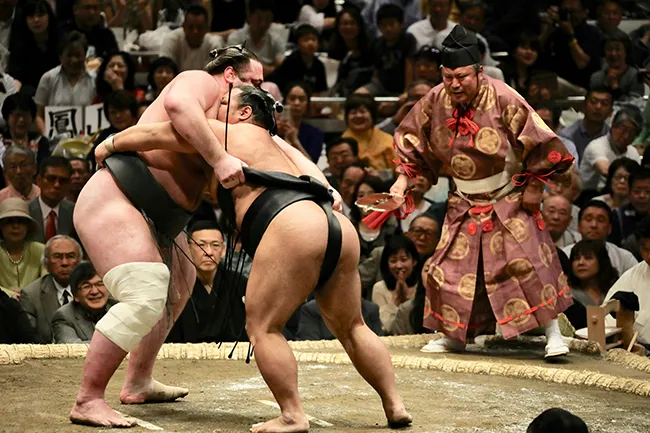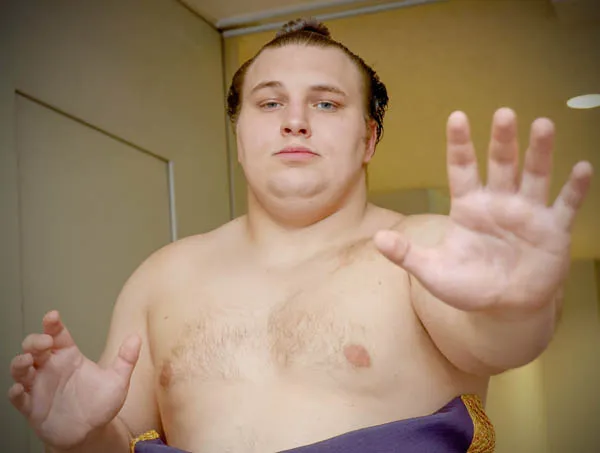Sumo is often referred to as Japan’s national sport. But have you ever wondered how much money these wrestlers actually make?
Let’s take a closer look at their earnings and what determines their income.
Ranking System
In professional sumo, wrestlers (rikishi) are divided into detailed ranks.
Everyone starts from the lower divisions, aiming first to reach Jūryō, the second-highest division and the gateway to becoming a sekitori—a fully professional wrestler.
From there, they strive for the ultimate rank: Yokozuna, the grand champion.
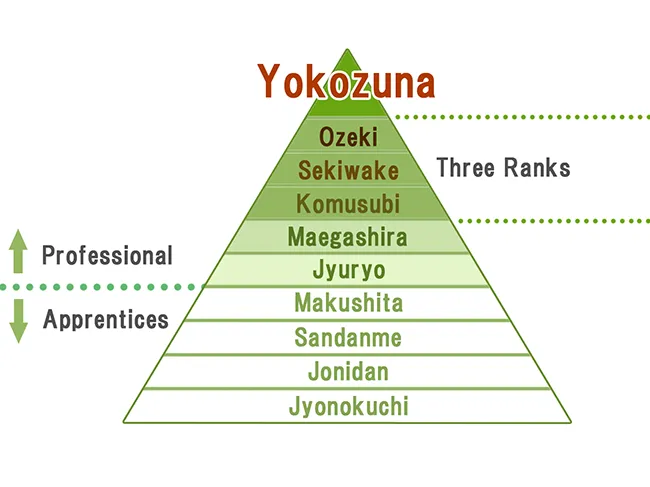
Income by Rank
While the Japan Sumo Association does not officially disclose salary details, the following figures are based on publicly available information and estimates.
These should be seen as rough guidelines rather than exact numbers.
| Rank | Monthly Salary (JPY / USD) | Annual Base Salary (JPY / USD) | Estimated Annual Income incl. bonuses (JPY / USD) | Notes |
|---|---|---|---|---|
| Yokozuna | ¥3,000,000 / $20,000 | ¥36,000,000 / $240,000 | ¥60M–¥100M+ / $400K–$670K+ | Champion prize ¥10M; many sponsorships. No “Three Prizes,” but higher lifetime bonuses. Retired Yokozuna get special privileges. |
| Ōzeki | ¥2,500,000 / $16,700 | ¥30,000,000 / $200,000 | ¥40M–¥60M / $270K–$400K | High-level bonuses, frequent sponsorships, and media exposure. |
| Sekiwake & Komusubi | ¥1,800,000 / $12,000 | ¥21,600,000 / $144,000 | ¥25M–¥30M / $167K–$200K | Eligible for “Three Prizes” (¥2M = $13K each). Popular bouts bring more sponsorships. |
| Maegashira | ¥1,400,000 / $9,300 | ¥16,800,000 / $112,000 | ¥20M–¥30M / $134K–$200K | Kinboshi adds ¥240K ($1,600) yearly to lifetime bonus. |
| Jūryō | ¥1,100,000 / $7,300 | ¥13,200,000 / $88,000 | ¥15M–¥18M / $100K–$120K | First “sekitori” rank — gets private room, attendants, and salary. |
| Makushita | None | – | ¥1.5M–¥3M / $10K–$20K | No salary; supported by stable. One step below professional. |
| Sandanme | None | – | ¥1M–¥1.5M / $7K–$10K | Allowance per tournament: ¥140K–¥160K ($930–$1,070). |
| Jonidan | None | – | ¥800K–¥1M / $5.3K–$6.7K | Allowance per tournament: ¥120K–¥130K ($800–$870). |
| Jonokuchi | None | – | ¥500K–¥700K / $3.3K–$4.7K | Lowest rank. Newcomers start here. |
Even though lower-ranked wrestlers earn little, promotion to the top divisions brings a huge jump in income.
These are general estimates, and actual earnings can vary widely depending on performance and popularity.
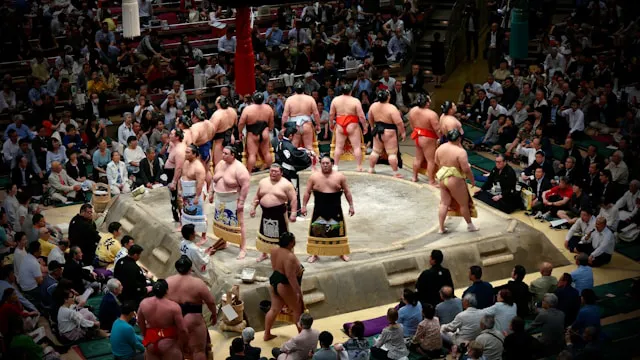
Additional Sources of Income
| Category | Amount / Details (JPY / USD) | Notes |
|---|---|---|
| Bonus (Hōshōkin) | “Base points × ¥4,000 ($27)” paid per tournament | Base points increase with wins, titles, or gold stars. Starts at 3 points for new wrestlers. |
| Kinboshi (Gold Star) | +10 points = ¥240,000 / $1,600 per year | When a Maegashira defeats a Yokozuna; permanently added to bonuses. |
| Three Prizes | ¥2,000,000 / $13,300 each | “Outstanding,” “Fighting Spirit,” or “Technique” awards. Usually 2–3 winners per tournament. |
| Championship Prize (Makuuchi) | ¥10,000,000 / $66,700 | Main tournament victory bonus; sponsor prizes added separately. |
| Sponsorship Money | ¥30,000 / $200 per banner (rikishi’s share) | Popular bouts may have 30–50 banners per match. |
| New Recruit Allowance | ¥50,000–¥100,000 / $330–$670 | Varies by stable. Combination of Association and stablemaster support. |
Life Below the Jūryō Rank
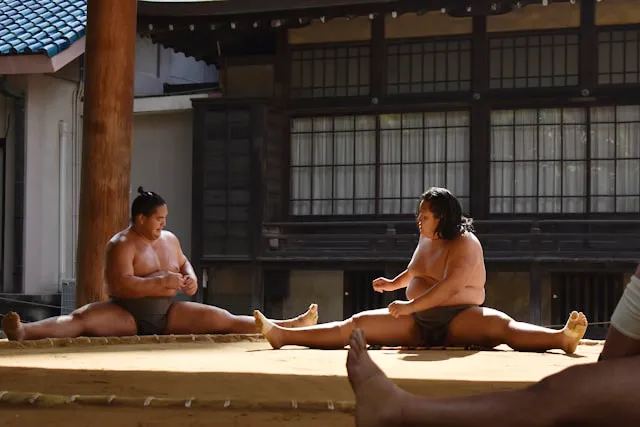
Wrestlers below the Jūryō division receive no monthly salary, but their food and housing are fully covered by their stable.
Personal spending money often comes from their stablemaster or supporters.
Once they reach the Jūryō rank, their lives change dramatically — they get private rooms, attendants, travel allowances, and clothing support.
That’s why promotion to “sekitori” status is considered the biggest financial turning point.
Beyond the Ring
Top wrestlers, especially Yokozuna, often earn additional income from commercials, endorsements, and public appearances.
Even popular non-Yokozuna wrestlers can appear in ads or TV shows.
Final Thoughts
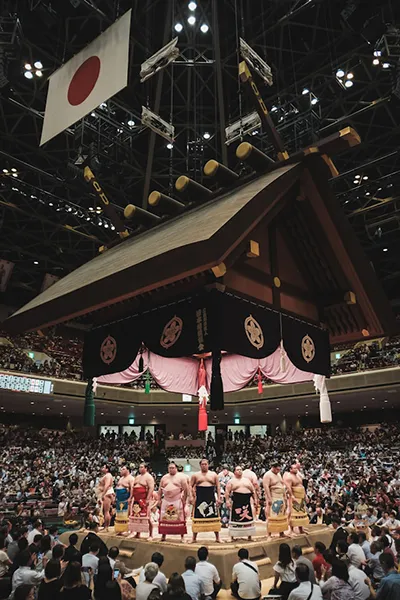
So, what do you think?
Were the numbers higher or lower than you expected? Personally, I feel they deserve even more, considering the discipline and tradition of the sport.
While many successful wrestlers come from Japan and Mongolia, the sumo world has also seen international champions.
In fact, two Yokozuna were from Hawaii — Akebono and Musashimaru.
Sumo may look simple, but it’s a deeply traditional and fascinating sport.
Who knows? Maybe one day, you’ll be inspired to become a sumo wrestler yourself!
Thanks for reading!
